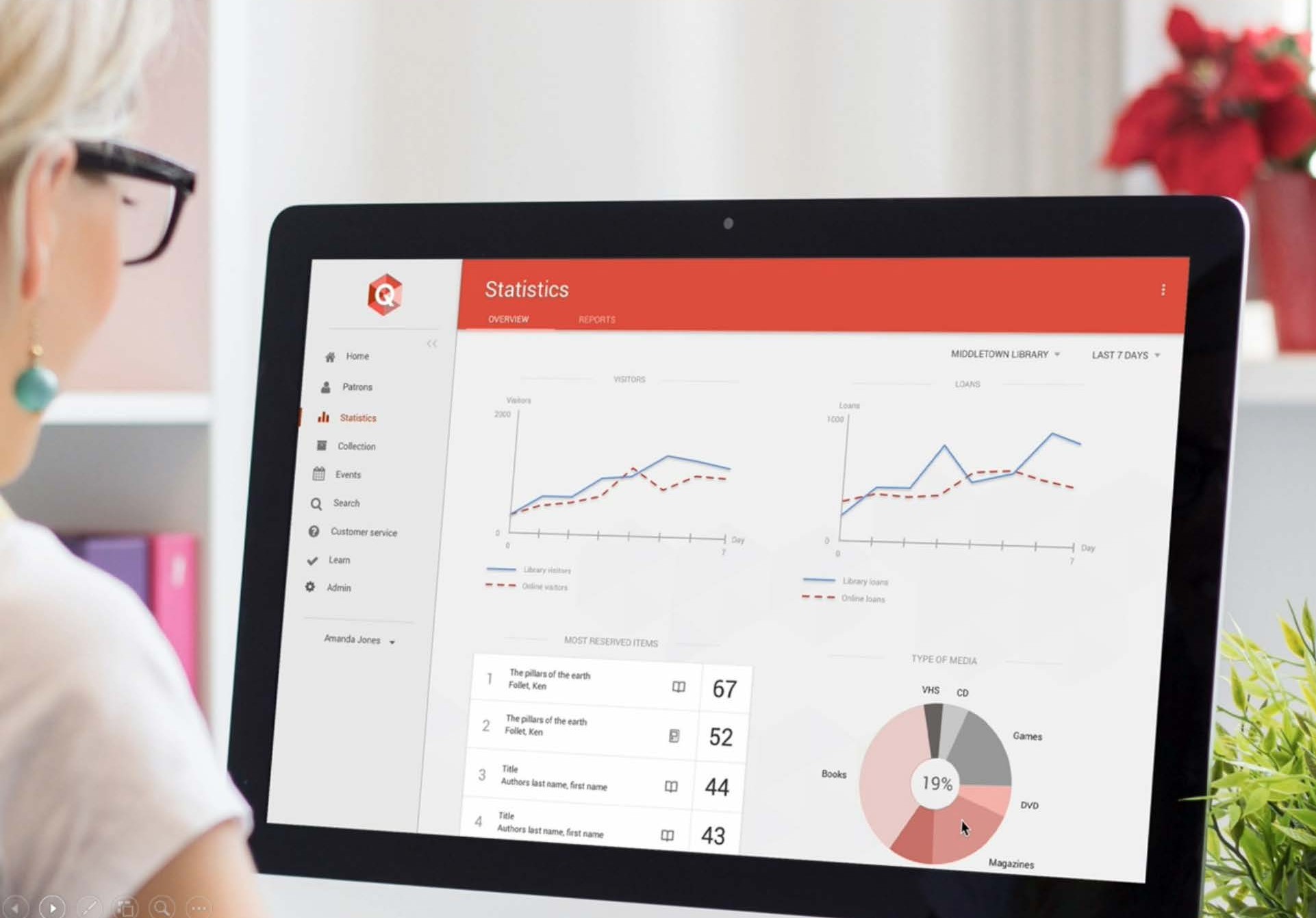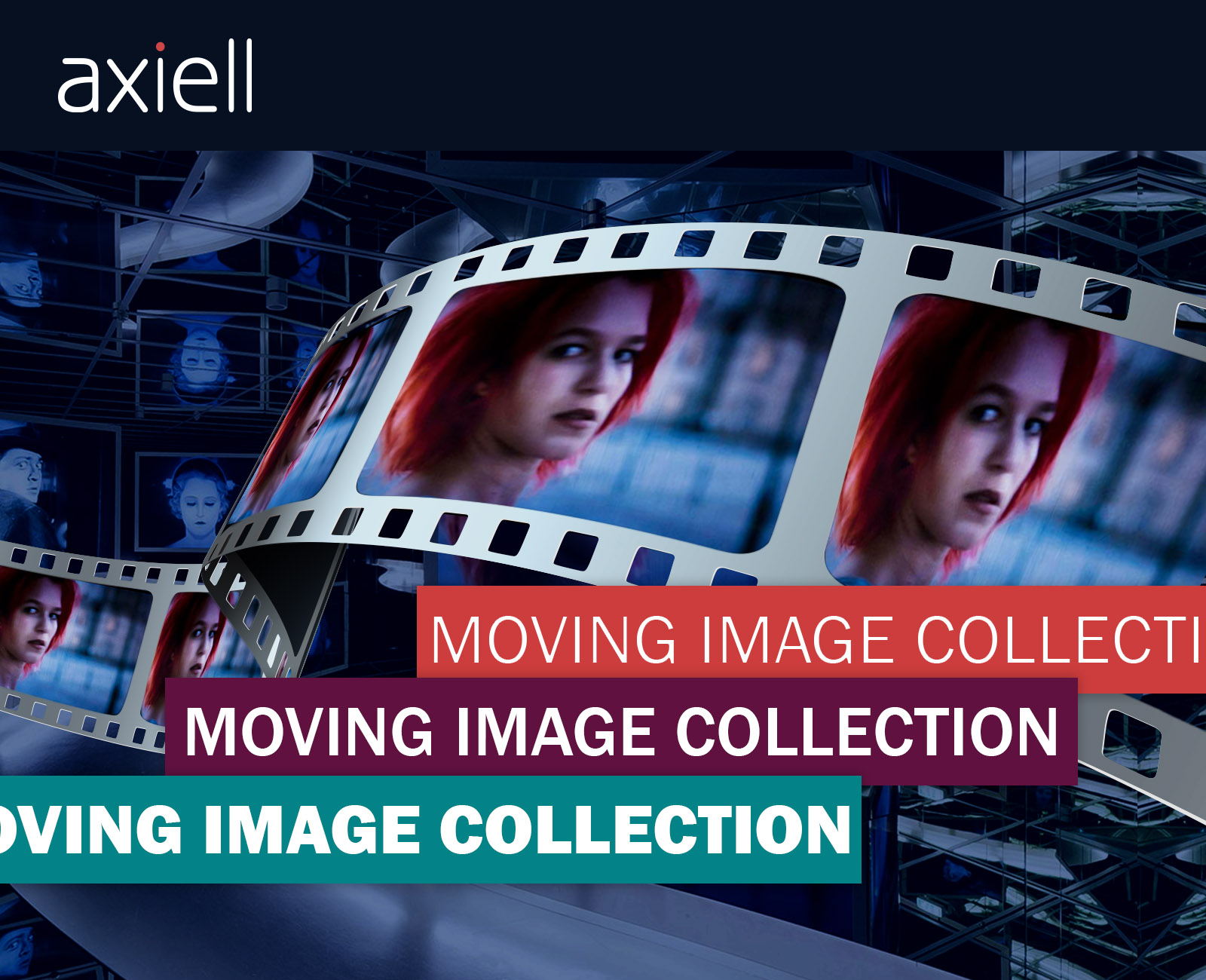Library data & the change of focus
Visiting the recent Leipzig Library Conference, talking to Queens Library, the manager of OBA Public Library in Amsterdam or reading the library guru R D Lankes’ thoughts, you see the pattern, the same message from forward looking librarians. It’s about moving from collection based to community orientated services. This movement has an impact on the organisation of staff and both the physical and the digital spaces. This kind of transition could definitely be guided by library data, to ensure that libraries are appropriately adapting their services to the needs of their community.
Open Data
Over time we have seen the development of open data as part of the “sharing” paradigm. In the cultural area the museum world has taken radical steps in this direction. They are opening up their data to anyone. It doesn’t matter if the user is a private citizen, a commercial enterprise, an entrepreneur, a non-profit organisation or a governmental institution. The idea is that society on the whole will be better off when data is shared freely. Rijksmuseum in Amsterdam is taking it one step further; even high resolution photographs of their collection are downloadable for free. In this trend, governmental data from any institution is to be “freed” from the old approach, the closed way of thinking.
Libraries have been forerunners in many countries by making their catalogue records available through different open standards. But now is the time to expand and integrate.
Mash-ups and linked data
Integrating data by so called ‘mash-ups’ has been popular for some years. We take it for granted when we pick up our map-app and it shows us the restaurants nearby with just a click or two. In the context of library systems, it means staff might be able to view a map that shows the postal areas in which there are below average active borrowers. But in a world where more and more meta-data is informed by so-called linked data standards, the possibilities are endless. It’s simple, take your library data, augment it with any other data that you can think of, and the level of insight that you can achieve about your library service, patrons and community can be as broad or as granular as you can imagine.
Management information
There are at least four distinct uses of the new ‘Big Data’ concept within libraries:
Resources
What resources does the library have (budget, staff, premises, media, opening hours etc.) and how is the library performing against traditional parameters, like lending figures, visitors and social media activity? This library data can also be combined with environmental information like community education levels, geographical distances, age and so on.
Bench-marking
Compare the figures mentioned above in “Resources and effect” to similar libraries, whether locally, nationally or internationally.
Bench-marking over time is of course important as well, to track performance, improvement and the effects of strategic changes from one period to the next. Equally, tracking return on investment (ROI) is important, especially as libraries increase their e-content offerings via subscription models. By being able to provide evidence of usage and stock performance librarians are better able to negotiate the best, most appropriate deals.
React and predict
As the community evolves, and as the demands from patrons shift, so must the library and its offerings; quickly understanding and foreseeing change is crucial to ensuring the future of libraries. The collected data enables library staff to quickly gain a rich understanding and a comprehensive view of its patrons, and identify patterns and trends to determine relevant future strategies.
Service enrichment
The presentation possibilities of open data will be endless. Choosing the right data to enhance a library’s services will be a challenge, but an exciting one. Better to have more choice than no choice. You can pick and choose the data that you can exploit to attract your patrons and enhance their experience i.e. you can use what you know to give them what they want.
Data lets you curate a more personal library service to patrons. In simplest terms, it helps you put the needs of the patron first, creating a more personal, relevant and community focused set of library services and events. If you know what your patron wants and their behaviour, then you know what to offer them and when.
The scope
Big Data is not a new concept, but libraries certainly have some catching up to do. Organisations the world over have been using Big Data to better understand their audiences, tailor make their solutions and services, and deliver them in an effective, personal and timely way. Moreover, the exploitation of Big Data is driving literally £Billions in savings through efficiency gains across every industry that adopts practices that look to embrace it.
Other industries aside, there is a huge opportunity for libraries; using data ‘mash-ups’ libraries can remove any kind of guess work associated with library strategy. Decisions will be entirely evidence-based, and by virtue libraries can organically become much more streamlined and efficient. They can’t fail to be; efficiency is driven by accuracy, and the data doesn’t lie.
By Boris Zetterlund, Senior Strategy Advisor, Axiell Group.




